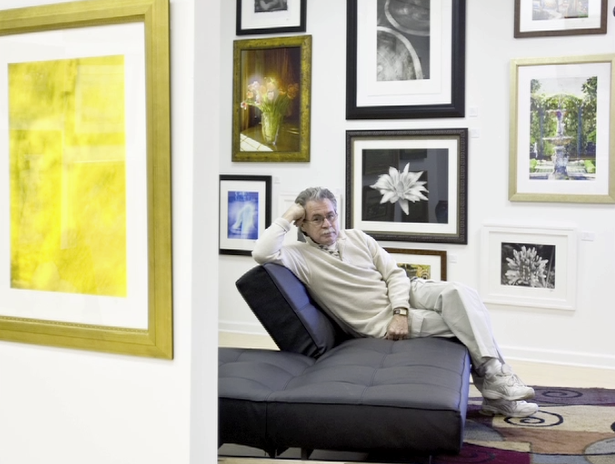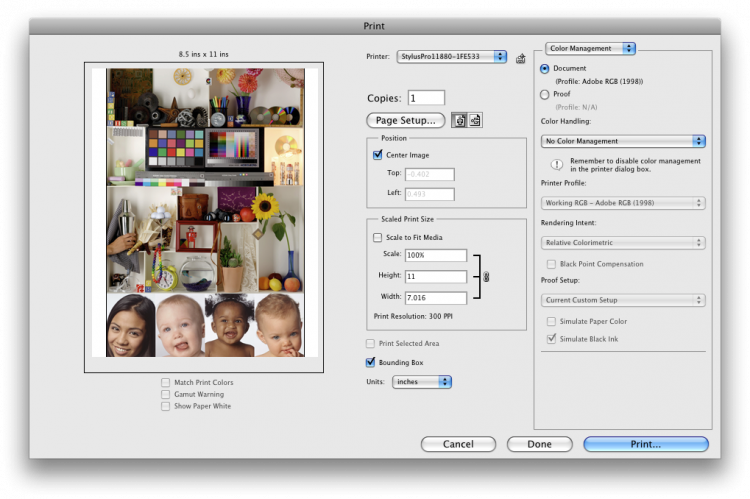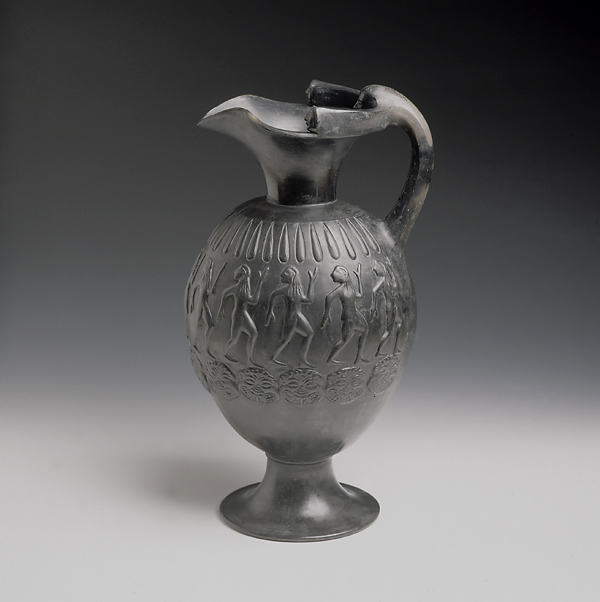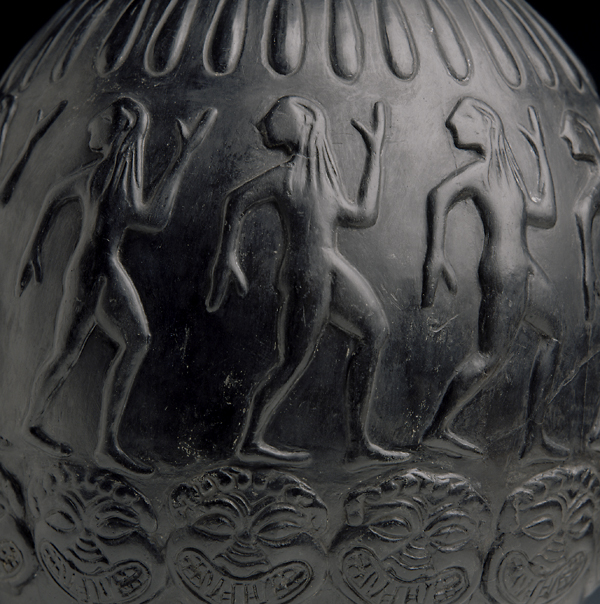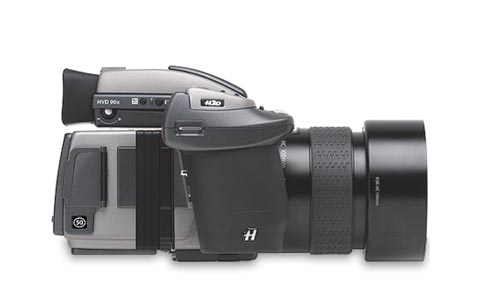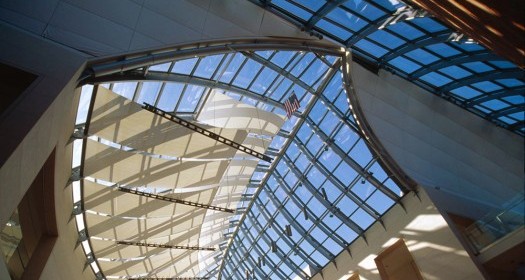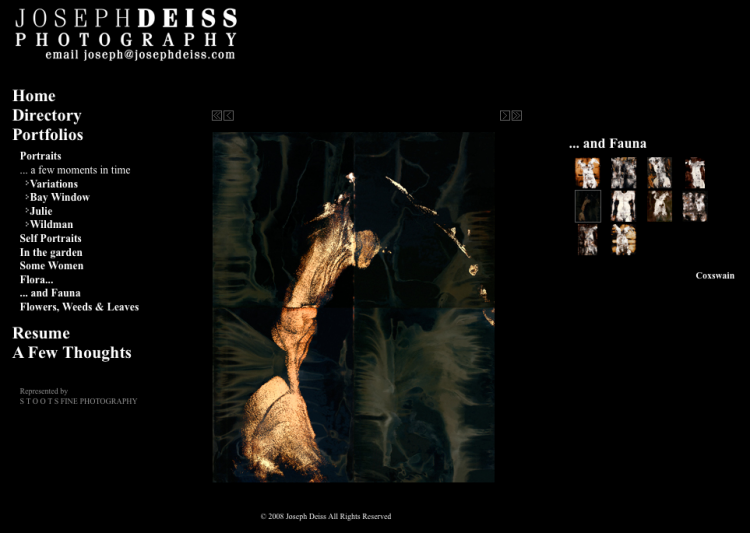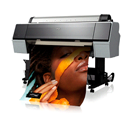 It’s time once again to look back at your year, and make some decisions about the Tax Man. The IRS Small Business Jobs and Credit Act of 2010 has made a big difference in how some companies are handling their large-ticket purchases, and you need to get the facts from your accountant or advisor to make the best decisions. However, if you want to learn more about the Act- commonly called IRS Section 179, we found a great reference for getting up to speed fast: www.Section179.org.
It’s time once again to look back at your year, and make some decisions about the Tax Man. The IRS Small Business Jobs and Credit Act of 2010 has made a big difference in how some companies are handling their large-ticket purchases, and you need to get the facts from your accountant or advisor to make the best decisions. However, if you want to learn more about the Act- commonly called IRS Section 179, we found a great reference for getting up to speed fast: www.Section179.org.
To quote the site:
“Essentially, Section 179 of the IRS tax code allows businesses to deduct the full purchase price of qualifying equipment purchased or financed during the tax year. That means that if you buy (or lease) a piece of qualifying equipment, you can deduct the FULL PURCHASE PRICE from your gross income.”
This means if you are toying with the idea of investing in some new equipment, this may be the time to consider it, before the end of the calendar year. Couple that with some impressive rebates on Epson and HP printers- shown below, and you may have a plan that will put more of your resources to work for you, and less of it into the coffers of the IRS, than you thought possible. That is, in fact, the intent behind the Act: “It’s an incentive created by the U.S. Government to encourage businesses to buy equipment and invest in themselves.”
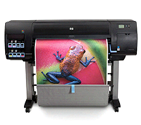 Here are some of the details of the massive printer specials going on.
Here are some of the details of the massive printer specials going on.
Both Epson and HP are offering huge rebates on almost their entire line of professional wide-format equipment- in some cases up to $4000! Epson has instant discount and mail-in rebate promotions- but the list is as long as your arm, and with savings to match.
HP is calling it the “HP DesignJet Cash In & Trade Up Promotion”, and it covers almost 30 products and can save you up to $2000. Don’t worry – we’ve got all the information, forms and links you need to take advantage of these great offers- drop a note or give us a call today – (877) 727-7682 – and we can match up the best deal for you.
Look at it as your Civic Duty- Washington wants you to invest in Small Business? The place to start is with your own!
